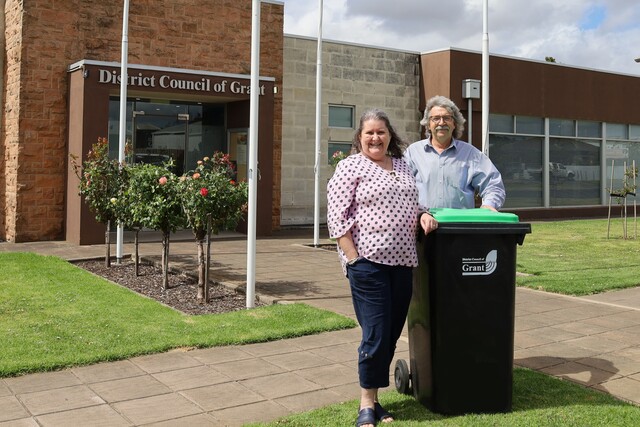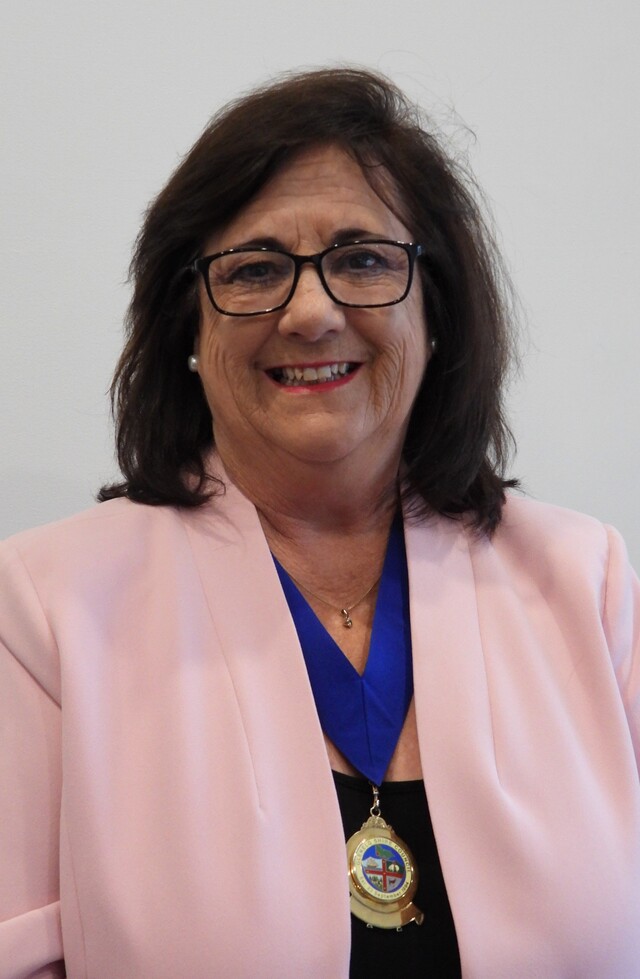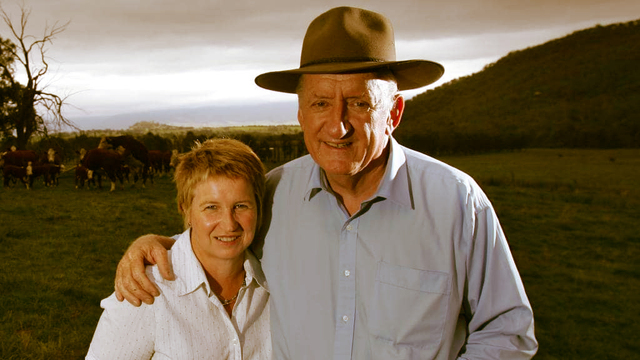Poor bladder and bowel control is a significant health condition that has physical, social and economic implications for women and men of all ages as well as children, carers, families and the community. Therefore, the Australian Government, through the Department of Health and Ageing (DoHA) funds the National Continence Management Strategy to help improve community awareness of incontinence.
Activities supported include education and training for health professionals, awareness raising initiatives for the community, and projects designed to improve the evidence base for the treatment and management of bladder and bowel problems.
Incontinence still unfortunately remains a taboo subject, yet nearly four million Australians are affected to some degree by the condition. Access to appropriate public amenities can significantly assist affected people to participate more fully in their community.
Through the then Department of Transport and Regional Services’ Awards for Local Government program in 2007, DoHA sponsored the inaugural “Universal Design for Public Amenities” category, which recognised excellence in innovation and design of public toilets. DoHA will again sponsor this category award in 2008 and looks forward to a similarly high standard of entries to those received last year.
An online map is also making life easier for those affected by poor bladder and bowel control. The National Public Toilet Map web site shows the location of more than 14,000 public toilet facilities across Australia. Location information, opening hours, availability of baby change rooms, accessibility for people with disabilities and the details of other nearby toilets are provided.
The site can be accessed at
www.toiletmap.gov.au
For more information on continence management, contact the National Continence Helpline on 1800 33 00 66.
The helpline is staffed by qualified continence nurse
advisers who provide expert, confidential advice and information to health professionals and the
general public.







